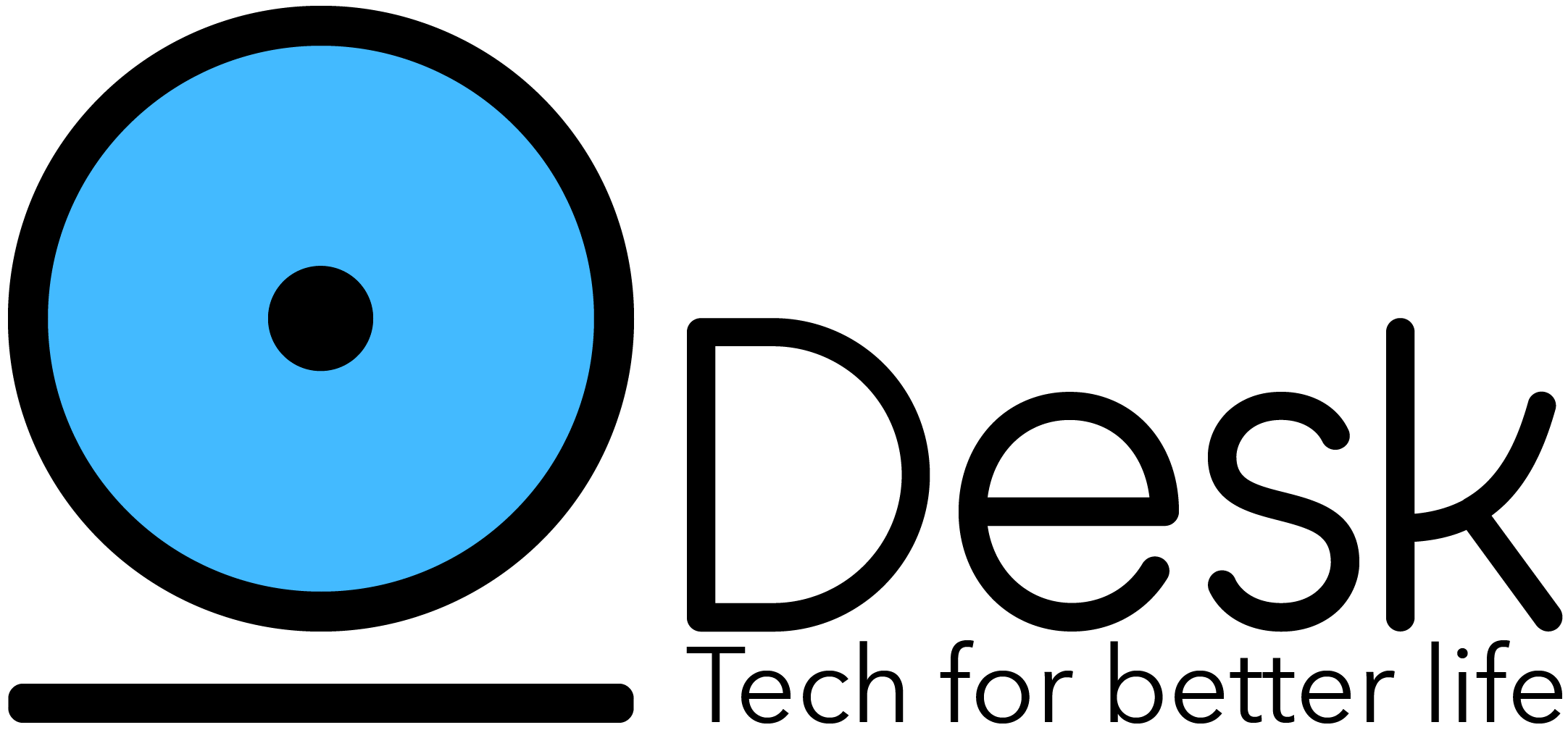Cost Behavior Analysis and Strategic Business Impact
Expand your knowledge in cost behavior analysis with advanced Courses in London from the British Academy of Training and Development. Gain practical experience and advanced knowledge to support organisational financial performance in the complex and ever-changing business environment. Cost behaviour analysis enables one to set a standard and achievable pricing mechanism once the cost per unit of output has been ascertained and set the costs that yield profit. Cost behaviour analysis means to study the changes in costs with a change in volume of business activity. This means that the company needs to sell at least 16,667 widgets or generate $166,670 in revenue per month to cover its costs.
For example, if the contribution margin is $10,000 and the operating profit is $5,000, then the degree of operating leverage is 2 ($10,000 / $5,000). This means that a 10% increase in the sales volume will result in a 20% increase in the operating profit. This means that they are already incurred and cannot be recovered or avoided. They are irrelevant for decision making and should not affect the choice of the optimal level of output or activity. For example, the depreciation of a machine or the interest on a loan are fixed costs that have been committed and cannot be altered by changing the production plan.
Cost behavior analysis is a vital tool for managers and accountants to understand how costs change in response to changes in the level of activity. By identifying and separating the fixed and variable components of mixed costs, cost behavior analysis can help with budgeting, forecasting, decision making, and performance evaluation. In this section, we will discuss some of the methods and techniques that can be used to perform cost behavior analysis and their advantages and disadvantages. We will also provide some examples to illustrate how these methods work in practice. In the world of business, understanding cost behavior is crucial for effective financial management and decision-making.
- Managers need to understand how costs will change in response to different scenarios, such as changes in output, prices, technology, or strategy.
- This means that they do not vary with the quantity of goods or services produced or sold.
- A key component is the contribution margin—the revenue remaining after subtracting variable costs—which is used to cover fixed costs and generate profit.
- This means that the cost will change as the production or sales increase or decrease.
- For example, if a business wants to expand its production or if it wants to introduce a new item in its product line, the company would need to invest more in the production cost.
Cost Behavior Analysis: How to Classify and Predict the Behavior of Your Costs
The main types of costs based on their behavior are variable costs, fixed costs, and mixed (semi-variable) costs. Variable costs fluctuate with changes in business activity levels, fixed costs remain constant within a certain range of activity, and mixed costs have both fixed and variable components. Fixed costs, such as rent, salaries, and insurance, remain constant regardless of production volume, offering stability in financial forecasting. These costs must be covered despite sales fluctuations, and understanding their behavior helps assess a business’s baseline financial requirements. Variable costs, including raw materials and direct labor, fluctuate with production levels, affecting profitability.
Understanding Cost Behavior for Effective Financial Planning
Hence, costs such as the cost of the raw material or direct labour will rise as a business organisation manufactures more products. On the other hand, when production is low, the variable costs are also low. Conversely, variable costs are related to the level of business operations. Variable costs fluctuate with production output, including raw materials, direct labor, and sales commissions. For instance, a manufacturing firm’s raw material costs rise with increased production to meet demand. Understanding this relationship is crucial for managing costs and maintaining profitability during sales fluctuations.
Methods for Analyzing Cost Behavior
The methods of estimating the cost behavior using historical data or engineering analysis. Benchmarking against industry standards also helps businesses gauge cost efficiency and uncover areas for optimization, cost behavior analysis driving competitive advantage. Gain insights into cost behavior to enhance your financial planning strategies and make informed business decisions.
Additionally, understanding the break-even point assists in risk management by highlighting the sales volume necessary to safeguard against market fluctuations. Cost behavior is the behavior change in the total operating cost of an organization as a result of a change in the levels of a specific activity. For example, a business process comprises costs like labor, direct materials, overhead, etc.
Fixed costs, such as rent, salaries, and insurance, remain constant regardless of production levels. For example, leasing office space incurs the same expense monthly, irrespective of sales volume, aiding in accurate forecasting. Fixed costs are expenses that a company incurs regardless of its level of production or sales. These costs do not vary with the quantity of goods or services produced and are usually a recurring cost. Fixed costs remain the same, irrespective of whether the business is operating at full capacity or not. Examples of fixed costs include rent, salaries, property taxes, insurance, and depreciation.
Understanding variable costs and how they impact the overall profitability of a company is essential. By breaking down variable costs into direct and indirect categories, companies can better track their costs and make informed decisions about pricing and production. Variable costs can also be used to calculate the break-even point, which is the level of activity where the total revenue equals the total cost. To calculate the break-even point in units, we divide the total fixed cost by the contribution margin per unit. To calculate the break-even point in dollars, we multiply the break-even point in units by the selling price. Cost-Volume-Profit (CVP) analysis is a robust tool that helps companies understand how changes in cost and volume affect their operating income and net income.
The total fixed cost remains constant regardless of the level of activity or output. The fixed cost per unit decreases as the level of activity or output increases and vice versa. Cost-Volume-Profit (CVP) analysis is a tool that helps businesses understand the relationship between costs, sales volume, and profit. By examining these relationships, companies can determine how changes in production levels or sales volume affect profitability. This analysis helps establish sales targets and pricing strategies aligned with financial goals.
Download CFI’s Free Cost Behavior Analysis Template
As businesses navigate complex market dynamics, understanding cost behavior is crucial for developing effective pricing strategies. Cost behavior analysis is an instrumental tool for management to determine how to increase or decrease the cost of production by changing an activity level. It helps to create a budget, control costs, and increase the profit margin. The management uses mathematical functions to analyze and study this behavior. How to separate mixed costs into fixed and variable components using the equation method or the least-squares regression method. Contribution Margin can be used to determine a company’s break-even point.
- For the illustration, note (in cell B17) an R2 of .798; meaning that almost 80% of the variation in cost can be explained by volume fluctuations.
- They are incurred regardless of how much or how little the business produces.
- Identifying and understanding variable costs are crucial for managers as they directly impact the cost of goods sold (COGS) and profit margins.
- Different cost behaviors have different implications for the profitability, planning, budgeting, and control of a business.
By identifying the fixed and variable components of costs, managers can make better decisions about pricing, budgeting, cost control, and profit planning. In this article, we have unraveled the mystery of cost behavior analysis by explaining its concepts, methods, and applications. We have also discussed some of the common challenges and limitations of cost behavior analysis, and how to overcome them. In this section, we will summarize the key takeaways and recommendations from our discussion. Mixed costs, or semi-variable costs, combine fixed and variable elements.
This means that the total variable cost increases or decreases by the same percentage as the output or sales volume. For example, if the total variable cost of producing 100 units is $500, then it will be $1,000 for producing 200 units, $1,500 for producing 300 units, and so on. In the realm of cost behavior analysis, the journey through various case studies has illuminated the dynamic nature of costs and their impact on business decision-making.
It provides insights into the cost structure of a business, which is essential in managing costs effectively. By analyzing fixed, variable, and mixed costs, businesses can make informed decisions about pricing, product mix, and production levels, and identify areas where cost reductions can be made. One of the most important aspects of cost behavior analysis is to understand the nature of mixed costs. In this section, we will explore the definition, examples, and characteristics of mixed costs, and how they can be identified and separated for better decision making. Break-even analysis helps businesses determine the point at which total revenues equal total costs, resulting in neither profit nor loss.
Cost Behavior Analysis for Strategic Pricing
Fixed costs remain constant regardless of the level of production or sales, while variable costs change in proportion to the level of production or sales. Semi-variable costs, on the other hand, have a fixed component and a variable component that changes as the activity level changes. They are expenses that fluctuate in direct proportion to changes in the level of production or activity within a business. These costs vary based on the volume of output or the number of units produced. Unlike fixed costs, which remain constant regardless of production levels, variable costs rise or fall as production increases or decreases.
Data Selection, Data Validation, and Sensitivity Analysis
In the realm of cost behavior analysis, scalability within the service sector presents a unique set of challenges and opportunities. Scalability in this context refers to the ability of a service organization to handle a growing amount of work or its potential to enlarge to accommodate that growth. From the perspective of a startup entrepreneur, cost behavior analysis is a tool for survival. Startups often operate with limited resources and must understand which costs are fixed and which are variable to maintain liquidity. For instance, a tech startup may find that while their server costs are relatively fixed, their marketing expenses vary significantly with the number of campaigns they run.
This approach helps businesses allocate resources effectively and optimize their product mix for maximum profitability. The break-even point serves as a performance benchmark, allowing management to evaluate the effectiveness of cost control measures or operational changes. CVP analysis allows companies to assess the financial implications of strategic decisions, such as entering new markets or adjusting pricing.
Loan Write-Offs: Accounting, Tax, Legal, and Financial Insights
There are different methods to calculate BEP, such as the equation method, contribution margin method, and graphical method. Each method has its advantages and limitations, and thus, companies should choose a method that suits their business needs. Cost behavior analysis is a vital tool for managerial accounting, as it helps managers understand how costs change in response to different levels of activity.






